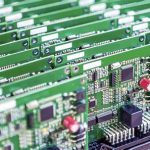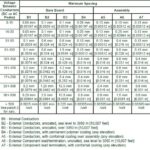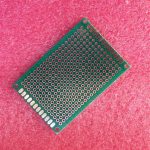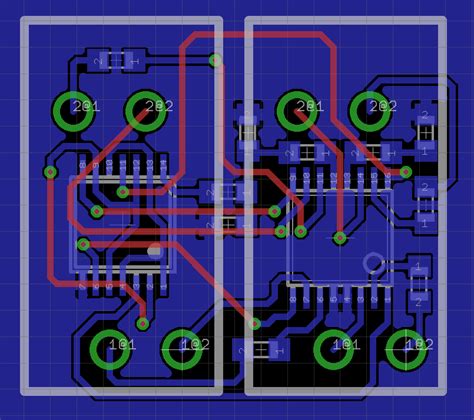
Blog
-
High Frequency PCB Layout
Posted by
–
 Read more: High Frequency PCB Layout
Read more: High Frequency PCB LayoutIntroduction to High Frequency PCB Layout High frequency PCB layout is a crucial aspect of designing printed circuit boards for applications that involve high-speed signals. As the demand for faster data transmission and higher bandwidth increases, designers must pay close attention to the layout of their PCBs to ensure optimal […]
-
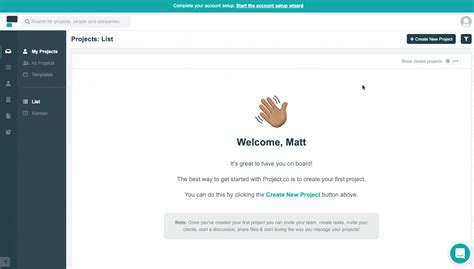 Read more: EAGLE 6 or 7 – Create a project and start drawing the schematic
Read more: EAGLE 6 or 7 – Create a project and start drawing the schematicIntroduction EAGLE (Easily Applicable Graphical Layout Editor) is a powerful PCB Design software that allows users to create professional-grade schematics and PCB Layouts. Whether you’re a hobbyist or a professional engineer, EAGLE provides a user-friendly interface and a comprehensive set of tools to help you bring your electronic designs to […]
-
Tolerances on Copper Thickness on a PCB
Posted by
–
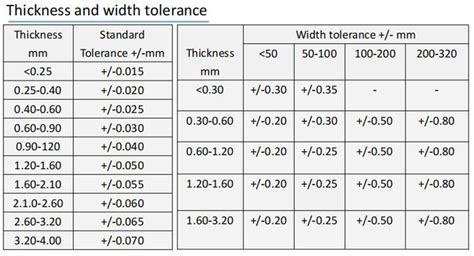 Read more: Tolerances on Copper Thickness on a PCB
Read more: Tolerances on Copper Thickness on a PCBUnderstanding Copper Thickness Tolerances in PCB Manufacturing Printed Circuit Boards (PCBs) are the backbone of modern electronics. They provide the electrical connections and mechanical support for various components in electronic devices. One critical aspect of PCB manufacturing is the copper thickness, which plays a vital role in the performance, reliability, […]
-
cEDM – Electronics Design & Manufacturing
Posted by
–
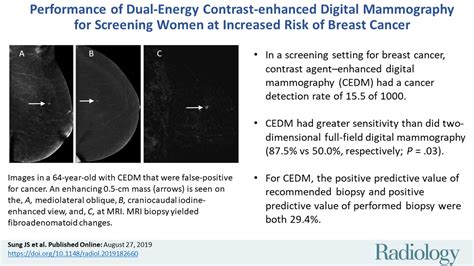 Read more: cEDM – Electronics Design & Manufacturing
Read more: cEDM – Electronics Design & ManufacturingIntroduction to cEDM cEDM, which stands for Electronics Design & Manufacturing, refers to the end-to-end process of designing and producing electronic products and components. This encompasses everything from the initial product concept and schematic design, to sourcing components, fabricating printed circuit boards (PCBs), assembling and testing the final product. The […]
-
PCBA Visualizer – User Guide – BOM Editor
Posted by
–
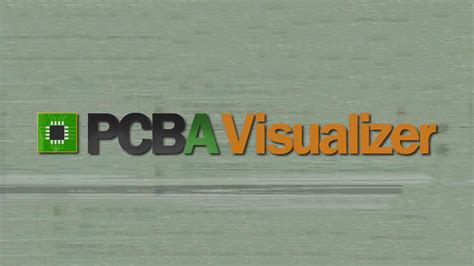 Read more: PCBA Visualizer – User Guide – BOM Editor
Read more: PCBA Visualizer – User Guide – BOM EditorIntroduction to PCBA Visualizer PCBA Visualizer is a powerful tool that allows users to view and edit PCB designs and their associated Bill of Materials (BOM). It provides a user-friendly interface for navigating complex PCB Layouts and helps streamline the PCB design process. The key features of PCBA Visualizer include: […]
-
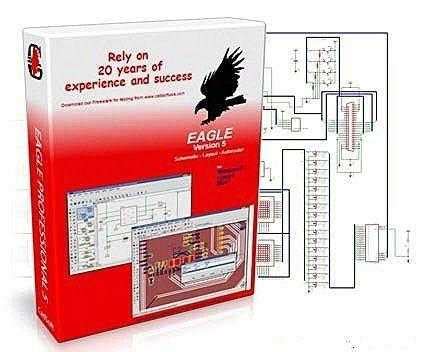 Read more: Welcome to the CadSoft EAGLE V7 Section on Rayming
Read more: Welcome to the CadSoft EAGLE V7 Section on RaymingIntroduction to CadSoft EAGLE V7 CadSoft EAGLE (Easily Applicable Graphical Layout Editor) is a powerful and user-friendly software tool for designing printed circuit boards (PCBs). Developed by CadSoft Computer GmbH, EAGLE has become a popular choice among electronics engineers, hobbyists, and educators due to its versatile features and extensive component […]
-
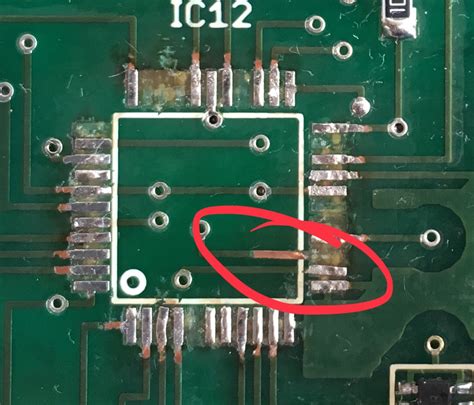 Read more: How to add a couple of solder pads to an Eagle board?
Read more: How to add a couple of solder pads to an Eagle board?Understanding solder pads in Eagle Solder pads in Eagle are copper areas on the PCB where components are soldered in place. They provide both electrical connection and mechanical stability for the components. Pads come in various sizes and shapes depending on the component package type (through-hole, surface-mount, etc.). Eagle represents […]
-
Understanding Bow and Twist on a PCB
Posted by
–
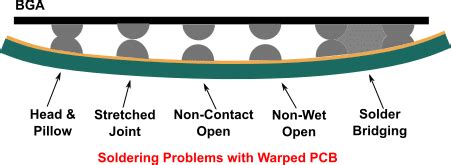 Read more: Understanding Bow and Twist on a PCB
Read more: Understanding Bow and Twist on a PCBWhat is PCB Warpage? PCB warpage, also known as PCB bow and twist, is a common issue that occurs during the manufacturing process of printed circuit boards (PCBs). It refers to the distortion or deviation from flatness of the PCB, which can cause various problems in the assembly and functionality […]
-
What are PCB Warp & Twist?
Posted by
–
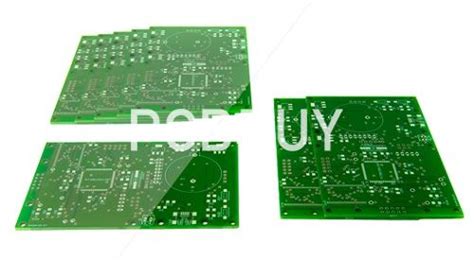 Read more: What are PCB Warp & Twist?
Read more: What are PCB Warp & Twist?What is PCB Warpage? PCB warpage is the deviation of a printed circuit board from its intended flat shape. It occurs when the board experiences uneven stress or thermal expansion, causing it to bend or twist. The severity of warpage can vary depending on various factors such as material properties, […]
-
How To Make Power Bank Circuit On PCB
Posted by
–
 Read more: How To Make Power Bank Circuit On PCB
Read more: How To Make Power Bank Circuit On PCBIntroduction to Power Bank PCB A power bank PCB (Printed Circuit Board) is the heart of a portable charging device that allows you to charge your electronic devices on the go. It consists of various components such as a battery, charging module, protection circuit, and USB ports. In this article, […]
